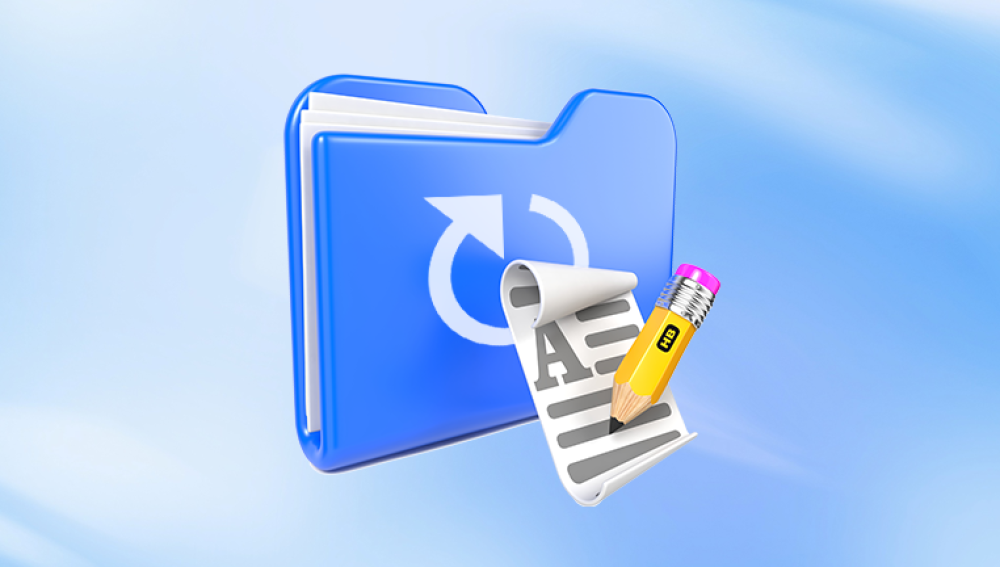Microsoft Excel is an indispensable tool for both professionals and everyday users. From financial models and data reports to simple to-do lists, we rely on Excel for storing and managing important information. However, one of the most distressing situations users encounter is accidentally closing a file or facing a system crash before saving their progress. The sinking feeling of losing hours of hard work can be overwhelming. Fortunately, Excel is equipped with several features designed to mitigate data loss, and there are also additional techniques and tools that can assist in recovering unsaved work.
Chapter 1: Excel's AutoSave and AutoRecover
1.1 AutoSave
AutoSave is a feature available to Microsoft 365 users that automatically saves files to OneDrive or SharePoint every few seconds. It is enabled by default if the document is stored in the cloud.

1.2 AutoRecover
AutoRecover is available to all users, whether or not you use cloud storage. When enabled, Excel saves a temporary copy of your workbook at regular intervals (usually every 10 minutes). If Excel crashes or the system reboots unexpectedly, these files can be recovered upon restarting Excel.
1.3 Default Save Locations
AutoRecover files are typically stored in:
Windows: C:\Users\[Username]\AppData\Roaming\Microsoft\Excel\
Mac: ~/Library/Application Support/Microsoft/Office/OfficeVersionNumber/Office AutoRecovery
Chapter 2: Recover Unsaved Excel Files Using Excel's Built-In Features
2.1 Recover from Document Recovery Pane
If Excel closes unexpectedly:
Reopen Excel.
The Document Recovery pane should appear on the left.
Click on the file you want to recover.
Save it manually with a new name.
2.2 Recover Unsaved Workbooks from the File Menu
If the recovery pane doesn’t appear:
Open Excel.
Go to File > Info > Manage Workbook > Recover Unsaved Workbooks.
Browse the list of temporary files.
Select your file and click Open.
Save it immediately.
2.3 Recover from Recent Files List
Excel maintains a list of recently opened files, including unsaved ones:
Go to File > Open > Recent.
Scroll down and click Recover Unsaved Workbooks.
Locate the file and open it.
Chapter 3: Manual Recovery Techniques
3.1 Search Temporary Files Manually
Sometimes Excel’s built-in options fail. Manually checking temp folders can help:
Open File Explorer.
Enter %temp% in the address bar.
Look for files with names like ~ExcelXXXX.tmp.
Rename the file with a .xlsx extension and try to open it in Excel.
3.2 Use File History or Backup
If File History or backup software is enabled:
Right-click the folder where the Excel file was saved.
Select Restore previous versions.
Browse through older versions and restore.
3.3 Check OneDrive or SharePoint Versions
If you're using cloud storage:
Log into OneDrive or SharePoint.
Navigate to the Excel file.
Click Version History.
Restore the desired version.
Chapter 4: Using Third-Party Recovery Tools
Sometimes unsaved files can only be recovered with third-party software, especially after crashes or if the system was shut down improperly.
4.1 Drecov Data Recovery
Download and install Drecov Data Recovery.
Select the drive where Excel stores temporary files (usually the C drive).
Perform a deep scan.
Filter results by .xlsx extension.
Preview and recover the relevant file.
5.1 Enable AutoSave and AutoRecover
Go to File > Options > Save.
Ensure that Save AutoRecover information every X minutes is enabled.
Set Keep the last autosaved version if I close without saving.
Save files to OneDrive to enable AutoSave.
5.2 Save Frequently
Manually save with Ctrl+S or Cmd+S after each major change.
5.3 Use Macros for Backup
Advanced users can write a macro to automatically save a backup copy every few minutes.
5.4 Educate Team Members
For shared files, ensure team members understand how to use AutoSave and prevent overwriting.
Chapter 6: Advanced Excel Recovery Scenarios
6.1 Recovering Files After System Crash or Power Failure
Boot into Safe Mode.
Open Excel and see if the Document Recovery pane appears.
If not, navigate to AutoRecover folders.
6.2 Recover Excel Files from Crashed Hard Drive
Remove hard drive and connect it externally.
Use Panda Recovery or similar tools to scan for Excel files.
6.3 Recover from Corrupted Excel File
Open Excel.
Go to File > Open > Browse.
Select the file, click the drop-down next to Open, then choose Open and Repair.




